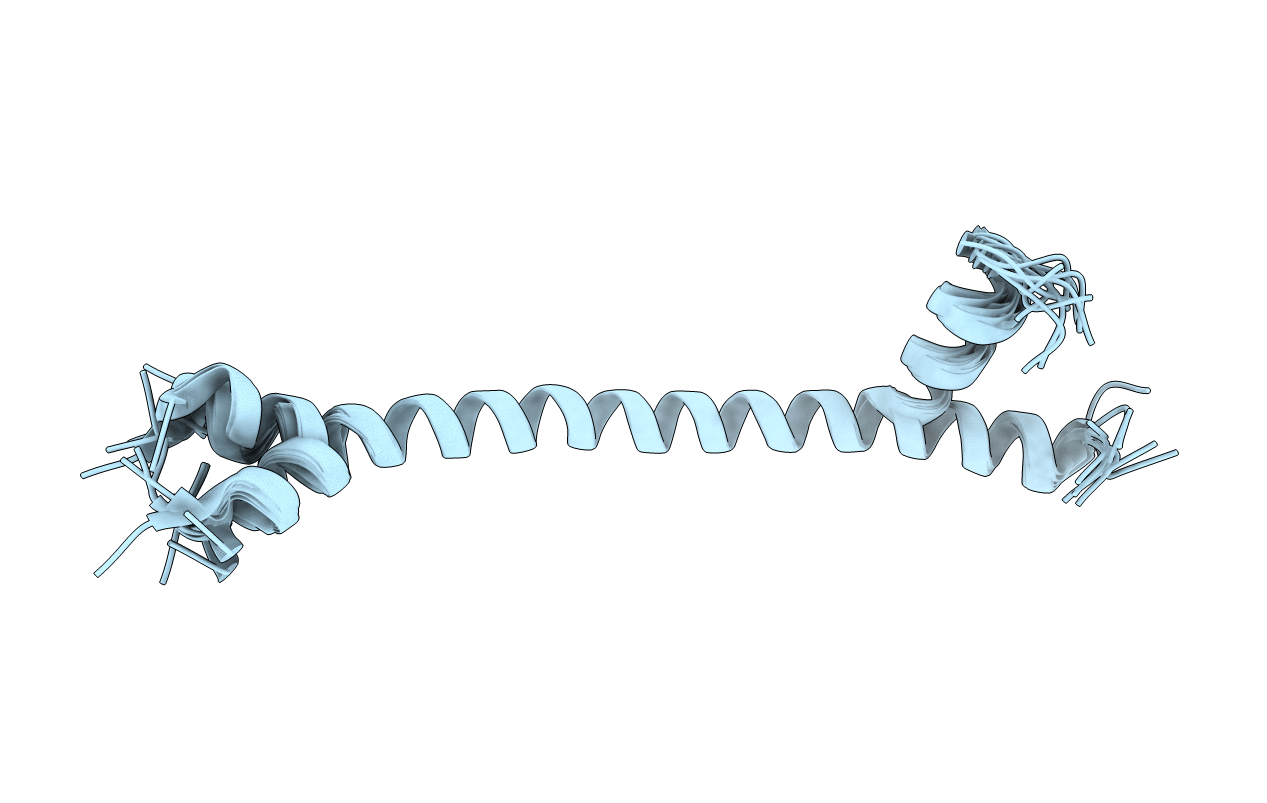
Deposition Date
2021-06-28
Release Date
2021-10-20
Last Version Date
2024-05-15
Entry Detail
PDB ID:
7R95
Keywords:
Title:
Membrane bound structure of HR1 domain of SARS-CoV-2 spike protein
Biological Source:
Source Organism:
Host Organism:
Method Details:
Experimental Method:
Conformers Calculated:
200
Conformers Submitted:
20
Selection Criteria:
structures with the lowest energy


